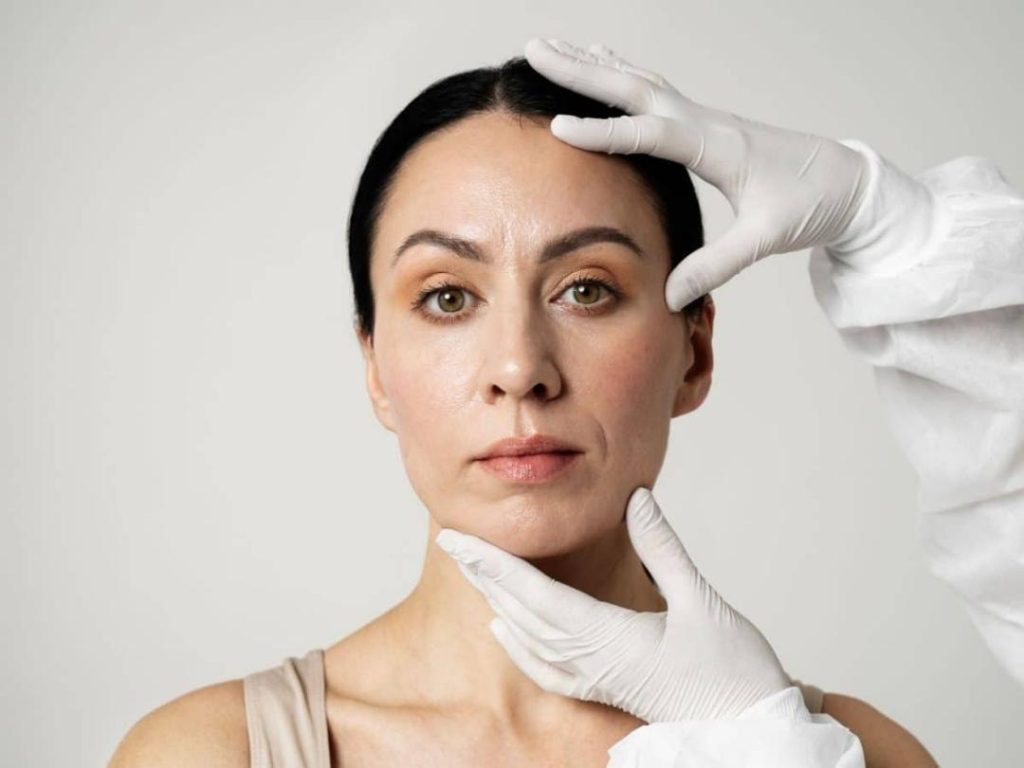
How Anti-Aging Drugs Differ from Cosmetic Procedures?
In today’s world, the quest for eternal youth and a radiant glow is more pressing than ever. With the rise of anti-aging treatments, it’s no surprise that many of us are left wondering what the difference is between anti-aging drugs and cosmetic procedures. While both aim to combat the signs of aging, they operate on different levels and have distinct goals. In this blog post, we’ll delve into the world of anti-aging treatments and explore the differences between drugs and procedures, highlighting the importance of caution and expert advice.
Anti-Aging Drugs: The Cellular Approach
Anti-aging drugs, also known as senolytic therapy, target the underlying cellular processes that contribute to aging. These treatments aim to slow down or reverse the aging process at a cellular level, focusing on the fundamental biological mechanisms that drive aging. By doing so, anti-aging drugs aim to:
- Reduce cellular senescence: Senescence is a state in which cells stop dividing and die. Anti-aging drugs aim to reverse this process, allowing cells to continue functioning normally.
- Stimulate telomere lengthening: Telomeres are the protective caps at the end of chromosomes. As we age, telomeres naturally shorten, leading to cellular aging. Anti-aging drugs aim to lengthen telomeres, effectively slowing down the aging process.
- Increase cellular energy production: As we age, our cells’ energy production declines, leading to fatigue and decreased vitality. Anti-aging drugs aim to boost cellular energy production, enhancing overall health and well-being.
Some examples of anti-aging drugs include:
- Metformin: A widely used diabetes medication that has been shown to have anti-aging properties.
- Rapamycin: An immunosuppressive drug that has been found to increase lifespan in animal studies.
- Nicotinamide adenine dinucleotide (NAD+): A coenzyme that plays a crucial role in energy production and has been shown to increase lifespan in animal studies.
Cosmetic Procedures: The Surface-Level Approach
Cosmetic procedures, on the other hand, focus on visible signs of aging, such as wrinkles, fine lines, and age spots. These treatments aim to:
- Reduce wrinkles and fine lines: Procedures like Botox, fillers, and chemical peels target the facial skin, smoothing out wrinkles and fine lines.
- Improve skin tone and texture: Treatments like laser therapy, microdermabrasion, and chemical peels aim to improve skin tone and texture, giving the skin a more youthful appearance.
- Enhance facial structure: Procedures like facelifts, brow lifts, and eye lifts aim to enhance facial structure, giving the face a more defined and youthful appearance.
Some examples of cosmetic procedures include:
- Botox injections: A neurotoxin that relaxes facial muscles, reducing wrinkles and fine lines.
- Fillers: Injected substances that fill in wrinkles and folds, giving the skin a smoother appearance.
- Chemical peels: A solution applied to the skin to remove the top layers, improving skin tone and texture.
Why the Difference Matters
While both anti-aging drugs and cosmetic procedures aim to combat the signs of aging, they operate on different levels and have distinct goals. Anti-aging drugs target the underlying cellular processes that contribute to aging, while cosmetic procedures focus on visible signs of aging. It’s essential to understand the difference because:
- Unregulated anti-aging drugs and supplements may carry serious health risks. Without proper regulation, these treatments can interact with other medications, cause adverse reactions, or even lead to long-term health consequences.
- Cosmetic procedures, while generally safe, may have temporary or permanent side effects, such as bruising, swelling, or infection.
- Anti-aging drugs and cosmetic procedures are not a substitute for a healthy lifestyle. A balanced diet, regular exercise, and adequate sleep are essential for overall health and well-being, regardless of anti-aging treatments.
Conclusion
In conclusion, anti-aging drugs and cosmetic procedures are two distinct approaches to combating the signs of aging. While drugs target the underlying cellular processes that contribute to aging, procedures focus on visible signs of aging. It’s essential to understand the difference and approach these treatments with caution. Always consult qualified doctors before starting any anti-aging treatment, and focus on healthy lifestyle habits first. Remember, eternal youth is elusive, but a radiant glow can be achieved through a combination of natural habits and expert advice.
News Source:
https://www.healthcareradius.in/clinical/anti-aging-drugs-injections






